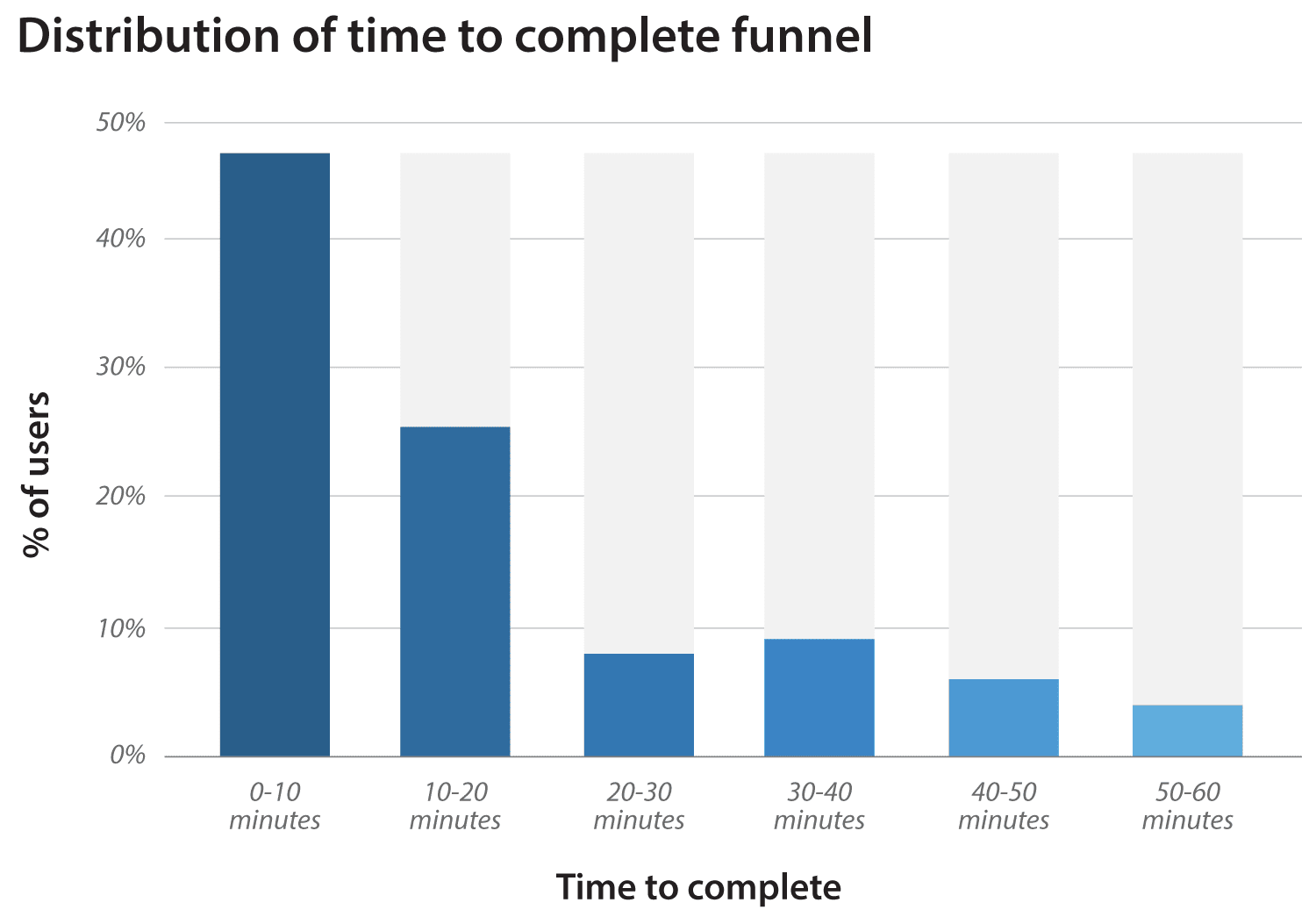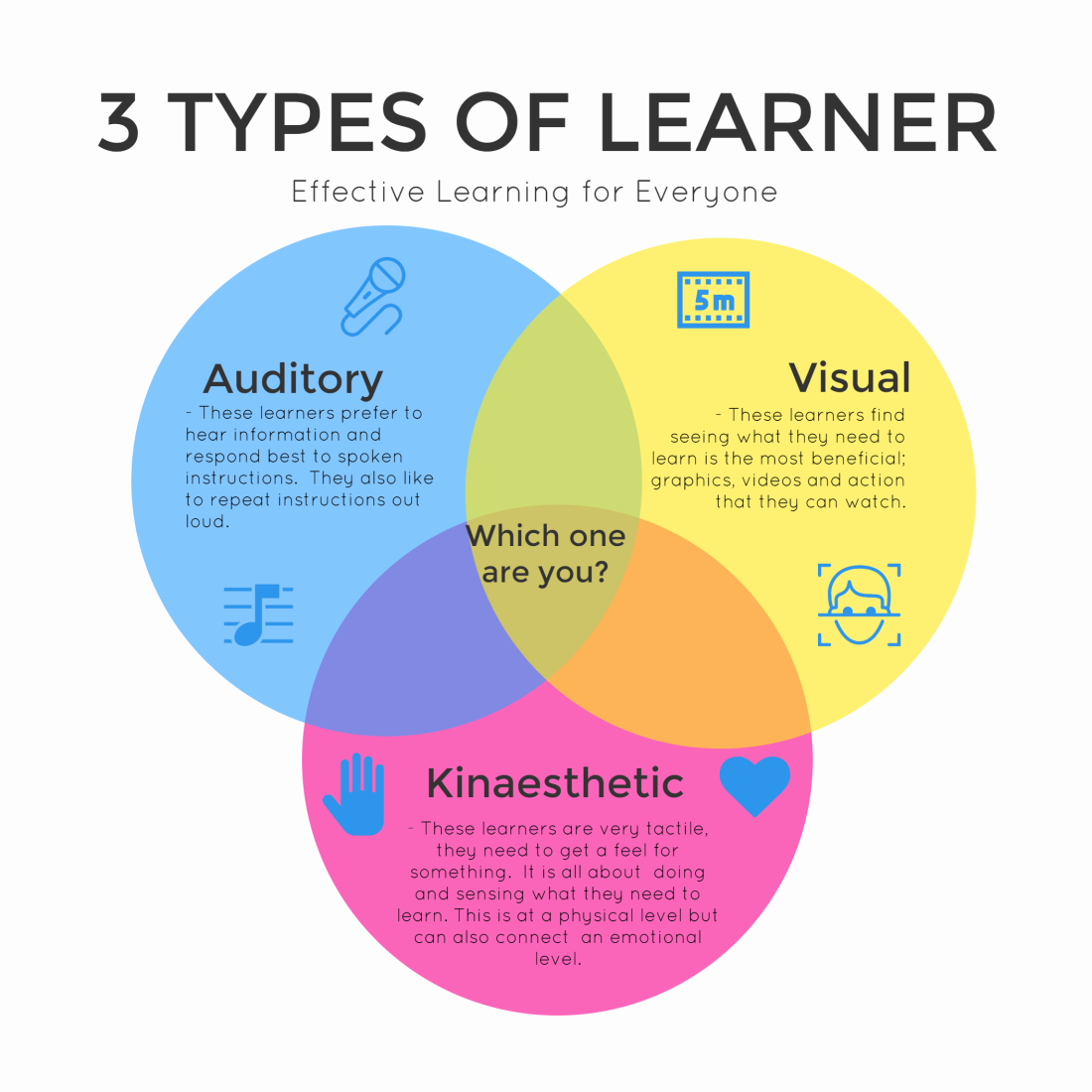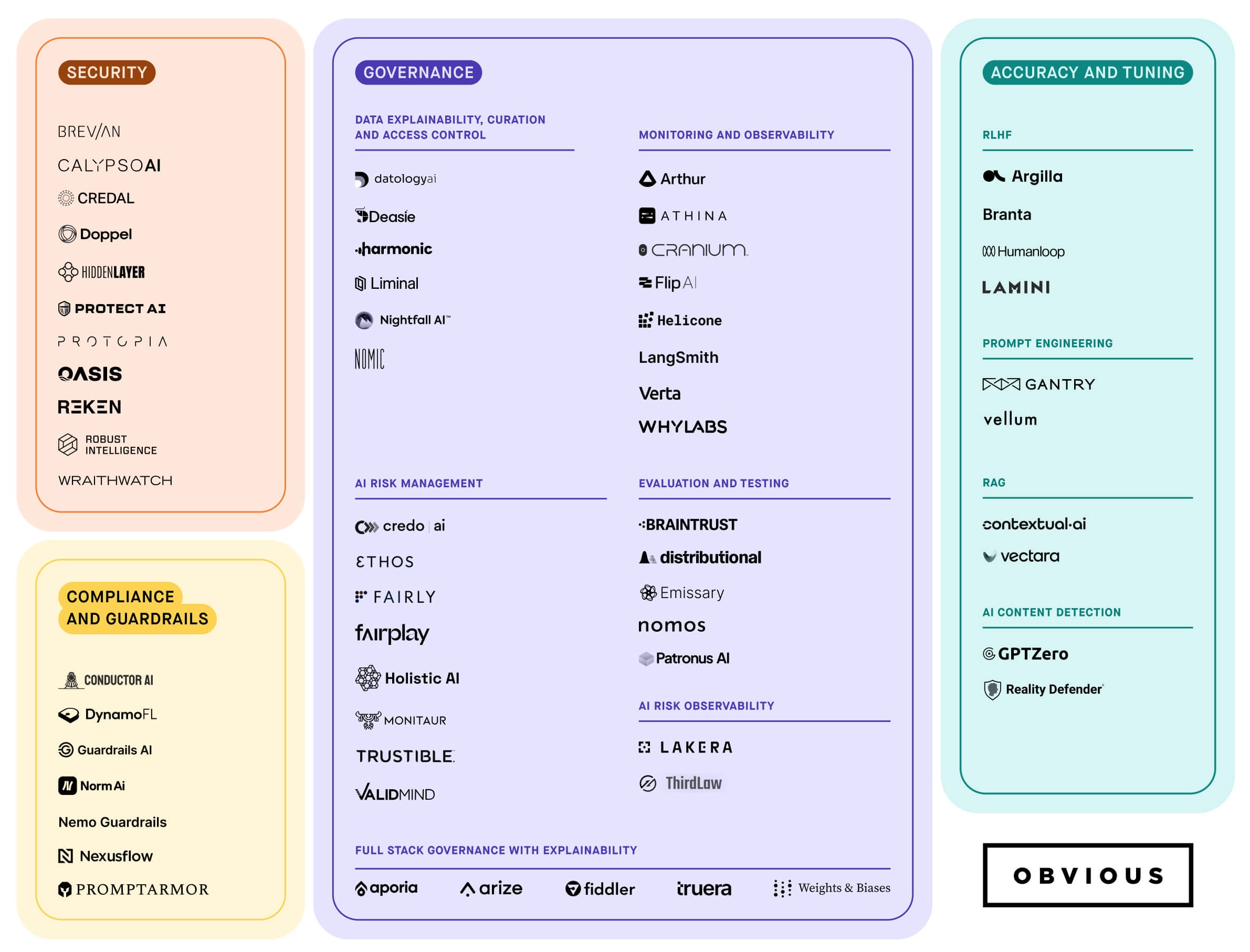In our fast-paced digital world, understanding how people engage with content is crucial for success in marketing and content creation. Neuroscience—the study of the brain and its functions—provides valuable insights into how users absorb and respond to information. By applying these principles alongside AI tools, you can tailor your content to better resonate with your audience.
At its core, neuroscience in content design explores how the human brain processes various types of information and stimuli. This understanding allows you to create more engaging and effective marketing materials. Utilizing AI tools enhances this process further by analyzing reader preferences and tailoring content accordingly. In this guide, we will delve into specific applications of neuroscience-driven content design, the most effective tools for marketers, and the ethical considerations that arise when utilizing these techniques.
Understanding these elements can empower you to produce compelling content that resonates deeply with your audience.
How Can Neuroscience Transform Your Content Creation Process?
Neuroscience offers insights into the cognitive processes involved in content consumption, allowing you to design materials that capture attention and communicate effectively. It examines how sensory information is processed in the brain, directing focus and driving emotional responses.
Research shows that engaging content—often that which evokes strong emotions—is more likely to be retained and shared. For instance, a study by Frito-Lay utilized EEG technology to reveal that audience reactions often differed from traditional focus group feedback. This indicated a more reliable measure of predicting what would resonate with consumers.
An infographic illustrating how different types of content are processed by the brain (Source: Elearning Infographics)
Another example comes from the National Cancer Institute, which used fMRI technology to assess engagement levels for anti-smoking ads. This data-driven approach led to significantly improved advertising effectiveness. By integrating neuroscience principles into your content strategy, you can enhance your marketing efforts significantly.
What AI Tools Can Help You Understand Your Audience Better?
The application of AI in content marketing allows for a deeper understanding of consumer preferences based on neuroscience principles. These tools can uncover emotions, motivations, and behaviors, enabling you to refine your content.
Emotion analytics platforms are particularly valuable, as they can track user interactions and assess emotional responses. According to Giovanni Pola of the International Neuromartech Observatory, AI can evaluate vast amounts of interaction data quickly, allowing for a more nuanced understanding of consumer sentiment. Coca-Cola provides a practical example: their campaigns involved AI-driven analysis of viewer brain responses, resulting in a 20% increase in ad effectiveness.
An illustration showcasing an AI tool for feedback analysis (Source: Zonka Feedback)
Utilizing such AI tools facilitates data-driven decision-making and fosters a potent connection with your audience. By analyzing emotional reactions to various content types, you can continuously refine and personalize your materials to improve engagement.
How to Format Text for Maximum Comprehension and Engagement?
Effective text formatting is essential in enhancing reader comprehension and maintaining engagement levels. Neuroscience indicates that the layout and structure of your content significantly influence how it is processed and retained.
Implementing strategies such as clear headings, bullet points, and succinct paragraphs can greatly improve the readability of your materials. Research has shown that well-organized content can lead to higher sales conversions. For example, neuro-compression technology has demonstrated success by optimizing ad scenes for maximum viewer retention.

A visual comparison of website text formatting before and after optimization (Source: Wired Impact)
By incorporating visuals thoughtfully and breaking text into digestible segments, you cater to the brain’s preference for organized information—helping readers quickly grasp crucial concepts.
Which Elements of Your Articles Are Most Attention-Grabbing?
Identifying the most engaging aspects of your articles is critical for maximizing their impact. Techniques such as A/B testing allow you to measure engagement levels effectively. By analyzing metrics like click-through rates and reader interactions, you can pinpoint which content elements capture audience attention.
A CBS study employed multimodal approaches, using EEG and facial analysis, to reveal that specific content structures could lead to heightened viewer engagement. Understanding these metrics can significantly refine your content strategy.

A graph depicting user engagement metrics across various content types (Source: Gainsight)
By focusing on what garners attention, you can create materials that not only inform but also captivate your audience, driving higher engagement and achieving your marketing objectives.
Can AI Craft Content for Different Learning Styles?
One of the compelling advantages of integrating AI into your content strategy is its ability to cater to diverse learning styles. These styles—visual, auditory, and kinesthetic—impact how different audiences absorb information, and understanding these differences can help tailor your content effectively.
AI technologies can analyze user data and automatically adjust content formats to suit various preferences. For example, you might provide video summaries for visual learners or incorporate audio formats for auditory learners. This adaptability promotes greater engagement and enhances user experience.

A chart representing various learning styles to cater to different audience needs (Source: ACE Ireland)
By applying AI-driven content personalization, you can ensure that your material resonates with a broader audience, resulting in more effective communication.
What Ethical Considerations Are Essential in AI-Driven Content Creation?
As you adopt AI and neuroscience in your strategies, it's imperative to consider the ethical implications of these technologies. The powerful role of AI in shaping user experiences raises several concerns, particularly regarding fairness, transparency, and privacy.
AI algorithms can unintentionally introduce biases from the data they are trained on, leading to potentially discriminatory outcomes. Maintaining transparency in AI applications is essential; informing users about the role of AI in content creation helps them understand how their data is utilized.

A checklist graphic summarizing ethical practices necessary for AI use in content design (Source: Obvious Ventures)
Respecting user autonomy is vital in this landscape. Your content should empower users rather than manipulate their decision-making processes. Implementing informed consent practices further enhances the ethical framework of your AI-driven initiatives.
What Future Trends Will Shape Content Design with Neuroscience and AI?
Emerging trends in neuroscience and AI technology are poised to redefine content design practices in the coming years. For instance, the development of multimodal AI is set to facilitate more immersive content experiences by integrating text, visuals, and audio in ways that mirror human cognitive processes.
Generative AI represents another promising direction, with tools that can create graphics, videos, and audio content rapidly. This can significantly expand your creative capabilities, enabling you to engage your audience in innovative ways.

A visual timeline depicting the evolution of content design and UI (Source: Design Peeps)
By keeping an eye on these advancements, you’ll be in a better position to adopt cutting-edge tools and techniques, ensuring you remain competitive in the fast-evolving digital marketing landscape.
Conclusion
Integrating neuroscience principles into your content design, along with the use of AI tools, provides a powerful method for enhancing engagement and effectiveness in your marketing strategies. From understanding the mechanics of the brain to leveraging data-driven insights for personalization, this holistic approach can lead to the creation of compelling content that genuinely resonates with your audience.
By remaining mindful of ethical considerations, harnessing AI for emotional engagement, and staying informed about future trends, you can position yourself as a leader in content creation. These strategies will ultimately elevate your content's impact, making it more memorable and meaningful to your audience. Embracing these methodologies equips you to create engaging content that successfully meets your marketing goals.

মন্তব্যসমূহ (0)
সাইন ইন করুন আলোচনায় অংশগ্রহণ করতে অথবা .